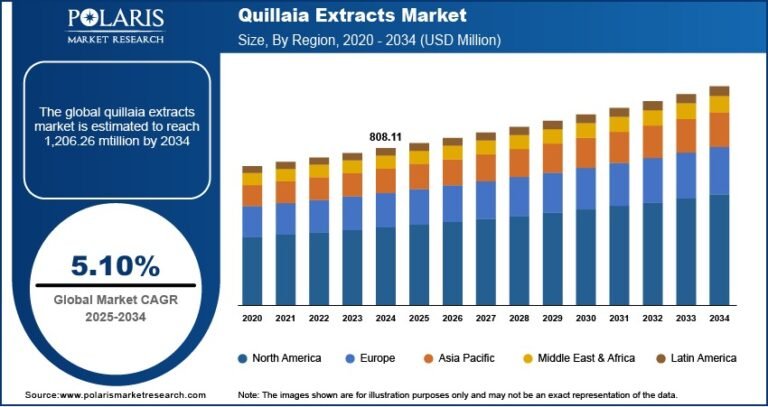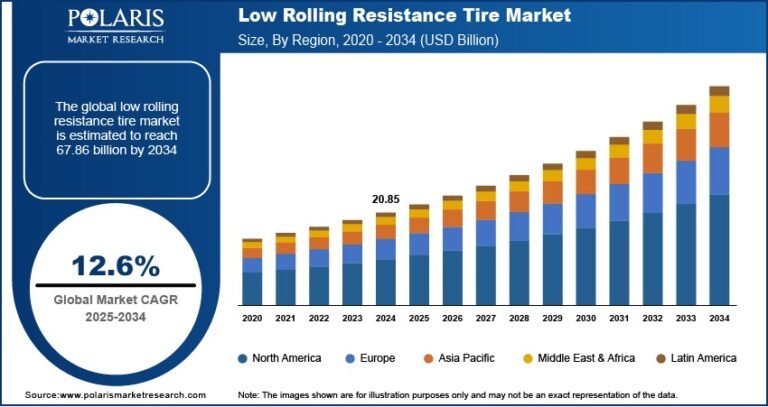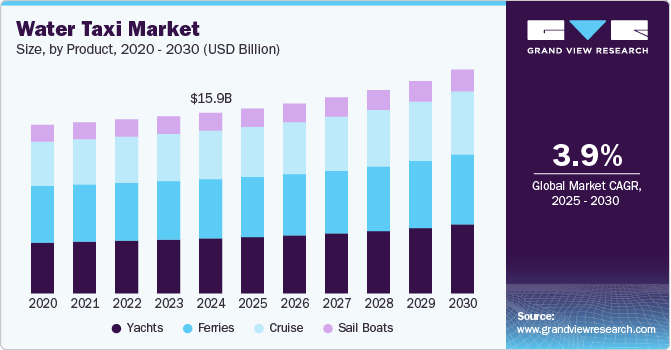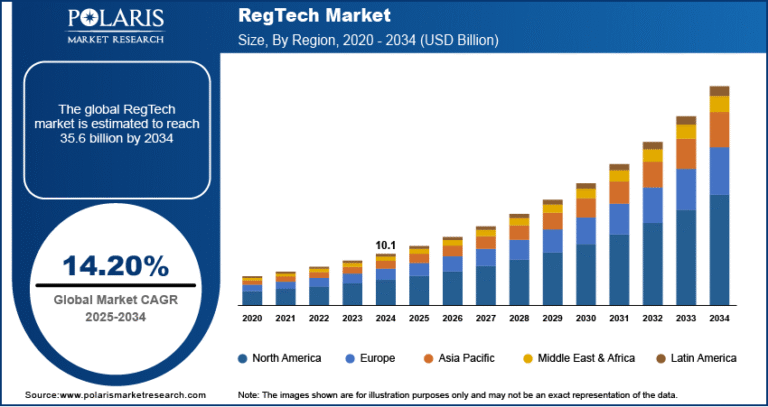Satellite Propulsion System Market Projected to Reach USD 31.04 Billion By 2034, Growing at a CAGR of 10.7%
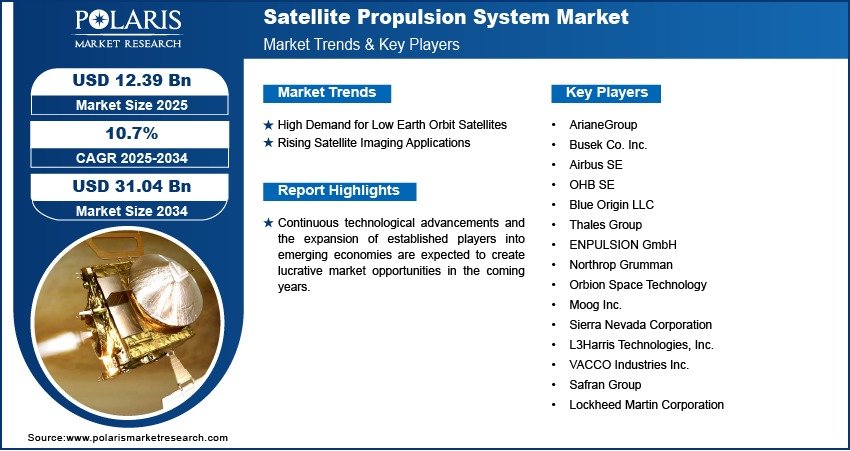
The global Satellite Propulsion System market size was valued at USD 11.31 billion in 2024 and is projected to grow from USD 12.39 billion in 2025 to USD 31.04 billion by 2034 , exhibiting a robust Compound Annual Growth Rate (CAGR) of 10.7% during the forecast period from 2025 to 2034 .
- Rising Demand for Small Satellites and CubeSats: The growing deployment of small satellites for communication, Earth observation, and scientific research is driving demand for compact, efficient propulsion systems tailored for miniaturized platforms.
- Advancements in Electric and Green Propulsion Technologies: There is a significant shift toward electric propulsion (EP) systems such as ion and Hall-effect thrusters, as well as green propellants that are less toxic and more environmentally friendly than traditional hydrazine-based fuels.
- Expansion of Commercial Space Activities: With the rise of private space companies and satellite constellations (e.g., Starlink, OneWeb), there is increased investment in propulsion technologies that support satellite deployment, station keeping, and deorbiting.
- Growing Government Investments in Space Exploration: National space agencies such as NASA, ESA, ISRO, and CNSA are investing heavily in deep-space missions, planetary exploration, and national security satellites, all of which require advanced propulsion systems.
- Integration with On-Orbit Servicing and Space Debris Mitigation: The increasing focus on satellite servicing, life extension, and orbital debris removal is creating new opportunities for propulsion systems capable of maneuvering and docking in space.
Market Size & Forecast
- Market Size in 2024 – USD 11.31 billion
- Market Size in 2025 – USD 12.39 billion
- Projected Market Size by 2034 – USD 31.04 billion
- CAGR (2025–2034) – 10.7%
Satellite propulsion systems are critical components that enable satellites to achieve orbit insertion, maintain position, perform attitude control, and execute end-of-life disposal. These systems vary widely in design, ranging from conventional chemical propulsion to modern electric and nuclear-based systems, depending on mission requirements.
The market is experiencing rapid growth due to the increasing number of satellite launches, especially in LEO satellites , and the development of next-generation propulsion technologies. In addition, regulatory mandates requiring end-of-life deorbiting are encouraging satellite operators to incorporate propulsion solutions even in smaller spacecraft.
Technological innovation continues to shape the future of the satellite propulsion industry. Companies are investing in R&D to develop high-efficiency, long-duration propulsion systems suitable for deep-space exploration, satellite servicing, and mega-constellation operations. Strategic partnerships between aerospace firms, propulsion manufacturers, and launch service providers are also accelerating the adoption of advanced propulsion solutions. As the commercial space sector expands and governments prioritize sustainability and exploration, the satellite propulsion system market is poised for strong and sustained growth over the next decade.

